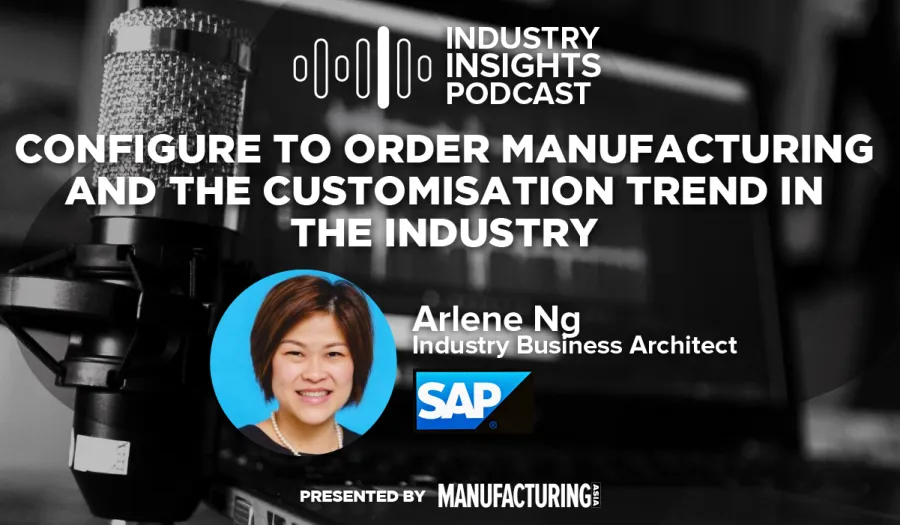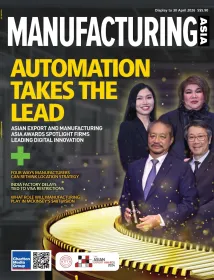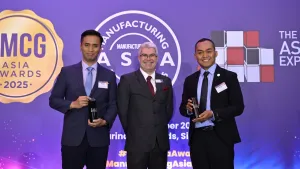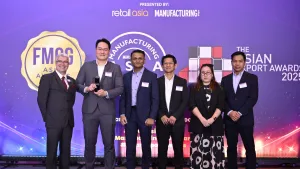
How customers are driving the customisation trend in manufacturing
SAP’s Arlene Ng discusses the trend drivers and provides a glimpse of practices and strategies that manufacturers should take note of.
Nowadays, consumers have moved past the one-size-fits-all era and now prefer to buy custom items for things, meeting on demand based on their specifications. Clients also want their orders delivered at the time that suits them best and not when it fits to the organisation's manufacturing schedule.
A ‘lot size of one’ approach compels organisations to produce the products of choice at any time, thus having an end-to-end process synchronisation from the time of order quotation to confirmation all the way through to the production assembly lines.
However, this does not mean that manufacturers need to invest big in the newest technology as there is a wider range of variance which can apply to both B2B and B2C environments.
In the podcast titled “Configure to Order Manufacturing and the Customisation Trend in the Industry” — the fourth installment of the SAP Industry Insight pilot series of podcasts — Arlene Ng, Business Architect, Discrete Industries at SAP Asia, discusses the customisation trend driving much of the manufacturing industry. She also provides a glimpse of practices and strategies that businesses should take note of when practicing engineer-to-order and configure-to-order styles of manufacturing.
Companies that fail to adapt to this customisation-at-scale trend risk being irrelevant in the competitive market. “Hence, companies who want to stay relevant and competitive a shift from one size fits all processes to a lot size of one approach,” said Arlene.
The customer centricity trend
Providing precise solutions to fit the needs of a customer has been the commonplace in traditional engineered-to-alter environments. But now, the ability to capture customer requirements effectively and to enable mass customisation is the key to engineer-to-order and configure-to-order environments, said Arlene.
In both configure-to-order and engineer-to-order environments, a critical success factor is customer centricity. Becoming customer centric means positioning the customer's point of view in the organisation’s operations, from product design and engineering, sales and marketing, manufacturing, and up until the installation and services to create great experiences with clients at every interaction point.
As the leading industry applications provider, SAP is looking at next practices and even innovations in the vertical edge. With the availability of data and disruptive technology, SAP uses data-driven models to recommend variants for additional personalisation to customer orders. An organisation can also look at enabling predictive material requirements, planning for real time simulation of potential requirements, production and capacity adjustments, which all translates into resiliency and can improve the overall delivery performance.
Lastly, organisations that are innovating at the critical edge are already looking to gain the ability to enable digitalise product features for on the fly adoption whilst in operation.
For more information, subscribe now to SAP’s channels in Spotify and Google podcasts or visit sap.com/sea

















